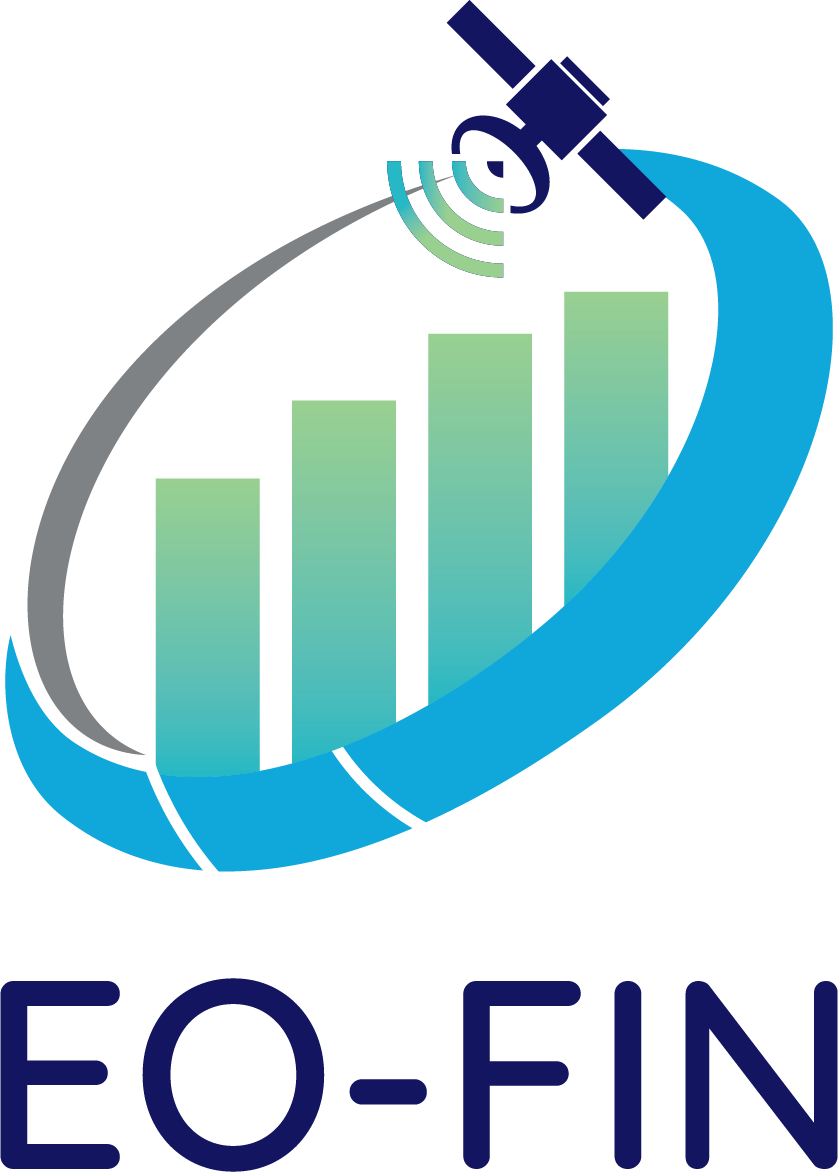Wildfires Danger Forecasting (Global Wildfire Information System(GWIS)) | ||||||||
The interactive fire danger forecast map through GWIS (Source: GWIS) | ||||||||
Product Category | ||||||||
|
| |||||||
Financial Domains | ||||||||
| ||||||||
User requirements | ||||||||
UN12: Analysis of potential risks in specific regions. UN13: Need to geo-map clients. UN14: Need to screen the feasibility of projects against different hazard criteria. UN44: Need to measure the area vulnerable to wildfires before events. | ||||||||
Description | ||||||||
Pre-wildfire conditions are too complex and rely on multiple factors including weather conditions such as precipitation, temperature, humidity, and winds o, landscape conditions such as elevation, slope and aspect and vegetation conditions such as type, extent, health, and moisture content. Generally, four factors have a significant impact on wildfire activity: fuels, climate/weather, ignition agents, and human influence. Where fuel is available, weather plays the most crucial role in determining fire patterns in numerous regions worldwide. The European Forest Fire Information System relies on the calculation of three systems: the e U.S. Forest Service National Fire-Danger Rating System, the Canadian Forest Service Fire Weather Index Rating System, and the Australian McArthur (Mark 5) rating systems. EFFIS’ Global ECMWF Fire Forecasting model uses medium-range (1–10-day lead time) weather forecasts for the indicators of the three abovementioned systems. The most important indices for fire danger predictability are FWI, the fire danger index from the McArthur Mark 5, and the ignition component from NFDRS. Having indices from different sources is important for the comparison needs. All indices were calculated based on ECMWF IFS which is postprocessed with GEFF software. The data are freely available through the interactive fire danger forecast map through the Global Wildfire Information System which is a European service of Joint initiative of the GEO 2017-2019 Work Programme and Copernicus. | ||||||||
Spatial Coverage Target | ||||||||
Asset Level and its surrounding | ||||||||
Data Throughput | ||||||||
Rapid tasking Data availability |
|
| ||||||
PRODUCT SPECIFICATIONS | ||||||||
Main processing steps | The interactive fire danger forecast map can be accessed through GWIS https://gwis.jrc.ec.europa.eu/. | |||||||
Input data sources | Optical: N.A Radar: N.A Reanalysis products: Interactive fire danger forecast map through GWIS. Supporting data: N.A | |||||||
Accessibility | The interactive fire danger forecast map can be freely and publicly accessed from GWIS | |||||||
Spatial resolution | 8km | |||||||
Frequency (Temporal resolution) | Daily | |||||||
Latency | Daily | |||||||
Geographical scale coverage | Globally | |||||||
Delivery/ output format | Data type: Raster File format: GeoTIFF | |||||||
Accuracies | Thematic accuracy: N.A Spatial accuracy: 1.5-2 pixels of input data | |||||||
Constraints and limitations |
| |||||||
User's level of knowledge and skills to extract information and perform further analysis on the EO products. | Skills: Essential Knowledge: Essential | |||||||
P23: Wildfire danger forecasting (Global Wildfire Information System (GWIS)) | |
Maturity score | |
Mean: 2.5 | STD: 0.63 |
Constraints and limitations · The vegetation state which is the main indicator of fuel type is not used for the Fire Weather Index Rating System (FWI), so this index lacks such important information for forest fire forecasting. · Fuel conditions used for the Ignition Component (IC) and the Fire Danger Index (FDI) have been provided in a mean climatological way and might not be accurate enough. · For fire danger, it is necessary to handle human behaviour data. · The many factors approaching fire danger/risk are not universally interpreted in the same way. | |
Relevant user needs UN12: analysis of potential risks in specific regions. UN13: need to geo-map clients. UN14: need to screen the feasibility of projects against different hazards criteria. UN44: need to measure the area vulnerable to wildfires before events. | |
R&D gaps · Low spatial resolution (8km) · Only up to 10 days of forecasting. | |
Potential improvements drivers New products with higher resolution and long forecasting | |
Utilisation level review | |
Utilisation score | |
Mean: 2.71 | STD: 0.70 |
No utilisation Low utilisation · The product is already satisfying the technical and usability requirements. Medium utilisation · Unawareness of the existence of the best available commercial EO product with better specifications. Higher use in developed, and low in emerging countries. High utilisation | |
Critical gaps related to relevant user needs | |


This page has no comments.